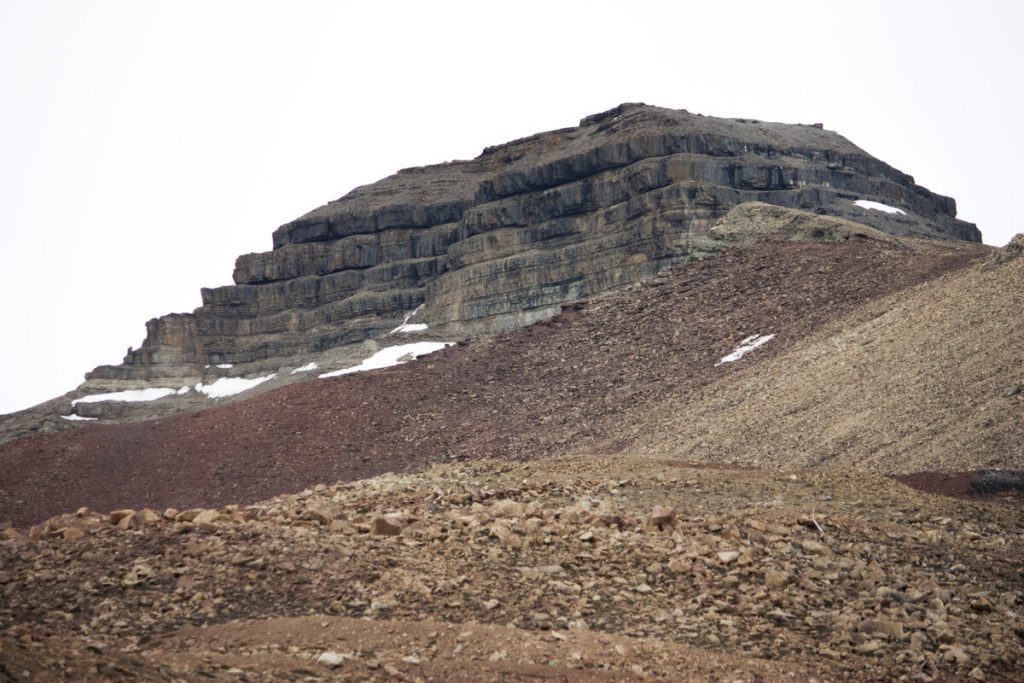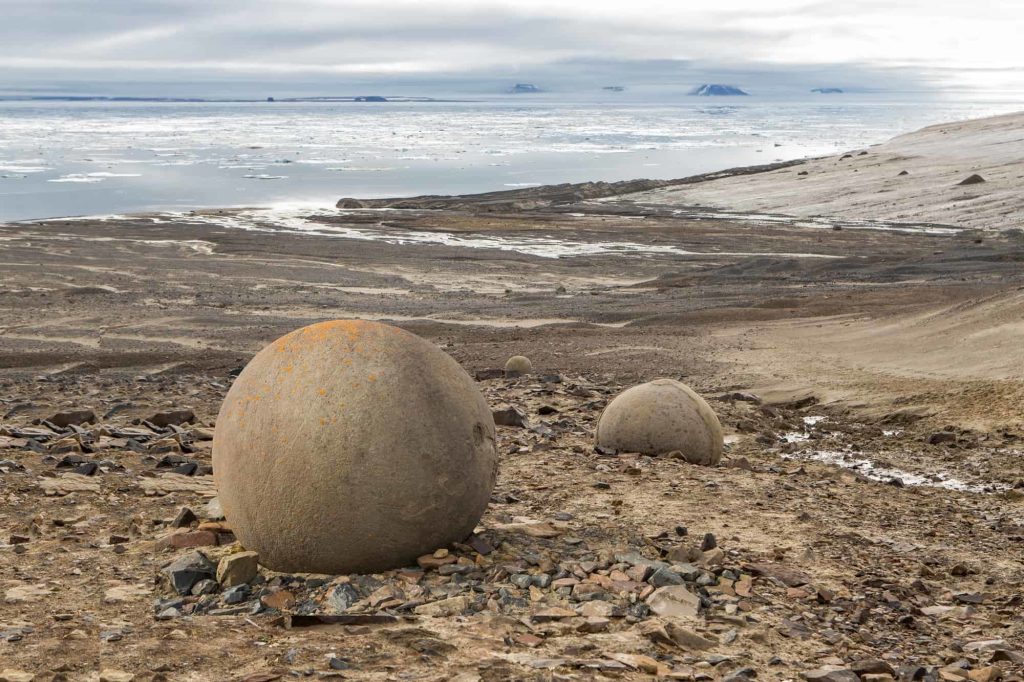The Bigger Picture
Given the scale, homogeneous style and geographical spread of these terraced/pyramidal structural remains that we show on this website, some pertinent questions might be:
1) Was one global civilisation/authority responsible for their construction?
2) Why is academia ignoring these structural remains and claiming that our ancestors were primitive?
3) Why is there not more discussion on the Internet on this topic?
We don’t claim to have the answers to these questions. This website exists to show the evidence, not get caught up in conjecture which seems to be the ordre du jour when discussing what the mainstream terms ‘pseudo history’.
However, structures of such scale could not be built without the requisite infrastructure to do so: skilled professionals with educational establishments to train them, machinery, mines to gather the materials and roads and vehicles to transport them at the very least. All of which strongly indicates that there was an advanced developed civilisation in the past.
We shall continue to show the evidence:
Mount Kailash and surrounding area
Whilst there is a fair amount of discussion online of whether Mount Kailash in Tibet is the remains of a pyramid, there has been far less scrutiny given to the surrounding area. This shows the remains of the same terraced style we see across the rest of the world:
As we have stated previously on this website, most mountains are the remains of buildings not ‘geological formations’ as we are told:


Iceland
Iceland has some incredible structural remains from our past:
Svalbard
This Norweigan archipelago includes Pyramiden, known for its mine. We have discussed the links between what we show on this site and mining operations previously.

Franz Josef Land
Like Svalbard, this is an archipelago in the Arctic Ocean.
It is also known for its stone spheres which litter the landscape.
The following picture shows basalt columns. Arguably the most well known form of these is at the Giants Causeway in Northern Ireland. Geologists claim that these are formed by cooling lava from volcanoes. We believe that they are remains of materials used in construction.























